Article entitled ‘Statistical thinking and its role for industrial engineers and managers in the 21st century’ written by Miltiadis Makrymichalos as a managerial audit journal is a very relevant article to the present situation. Nowadays, most of the managers do not use a statistical way of thinking in making decisions. Despite that many managers use six sigma to improve their business processes, they did not think statistically. I think the statistic is not just a tool, but it was also a basic principle about how to think logically and systematically.
The managers only use statistics as a tool when they encounter a problem which is related to data. In my opinion, the managers did not use the statistical thinking because of the difficulty in understanding the statistics principles. Furthermore, they have variety in educational backgrounds. Once they have found an issue or a problem, they will solve it according to their past experience and their knowledge. But when they did meet a problem that generates lot of numerical data, they used the statistics method.
According to the article, make decisions with statistical thinking means that the managers have to think the problem as a system as it is explained in the article that ‘All work is a system of interconnected processes'. The managers have to be able to see the variety of any situations and outcomes in any system. Therefore they will be able to analyze or even predict the upcoming situations and outcome of a problem.
For example, if we use six sigma we can solve the problem systematically. In the real situation, the managers only use six sigma or other tools as a means to repair. But they did not understand the basic principle or the essence of the six sigma method. In a research and development of the manufacturing, most of managers and engineers are focus on clients more than their own organization. Furthermore, the managers are also use the practical data to solve the problem. This way of thinking will led to an ineffective decision. The statistical thinking will first lead the managers to see the symptoms and any variation on a business process problem first. Statistical Thinking and its principles are not difficult and does not actually need to be profound. But it must be known by the managers. Therefore, when they using tools such as QFD, DOE, Six Sigma, and Pareto charts they will be able to predict where the outcome has risen.
In conclusion, I feel devastated because of many managers and engineers are ignoring the statistical thinking. But luckily, this paper summarizes the circumstances that existed at the moment. Not just as a warning, this topic can be a wakeup call to many managers that statistics is not just a daunting and meticulous method, but can be a useful way of thinking to the business in any industry.
The managers only use statistics as a tool when they encounter a problem which is related to data. In my opinion, the managers did not use the statistical thinking because of the difficulty in understanding the statistics principles. Furthermore, they have variety in educational backgrounds. Once they have found an issue or a problem, they will solve it according to their past experience and their knowledge. But when they did meet a problem that generates lot of numerical data, they used the statistics method.
According to the article, make decisions with statistical thinking means that the managers have to think the problem as a system as it is explained in the article that ‘All work is a system of interconnected processes'. The managers have to be able to see the variety of any situations and outcomes in any system. Therefore they will be able to analyze or even predict the upcoming situations and outcome of a problem.
For example, if we use six sigma we can solve the problem systematically. In the real situation, the managers only use six sigma or other tools as a means to repair. But they did not understand the basic principle or the essence of the six sigma method. In a research and development of the manufacturing, most of managers and engineers are focus on clients more than their own organization. Furthermore, the managers are also use the practical data to solve the problem. This way of thinking will led to an ineffective decision. The statistical thinking will first lead the managers to see the symptoms and any variation on a business process problem first. Statistical Thinking and its principles are not difficult and does not actually need to be profound. But it must be known by the managers. Therefore, when they using tools such as QFD, DOE, Six Sigma, and Pareto charts they will be able to predict where the outcome has risen.
In conclusion, I feel devastated because of many managers and engineers are ignoring the statistical thinking. But luckily, this paper summarizes the circumstances that existed at the moment. Not just as a warning, this topic can be a wakeup call to many managers that statistics is not just a daunting and meticulous method, but can be a useful way of thinking to the business in any industry.



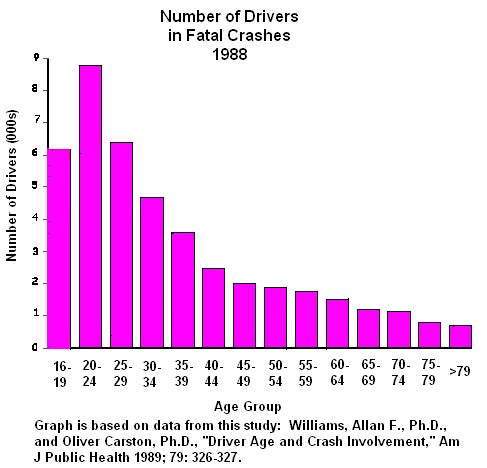
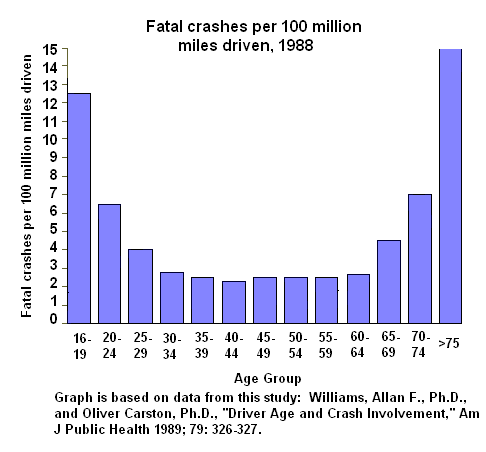



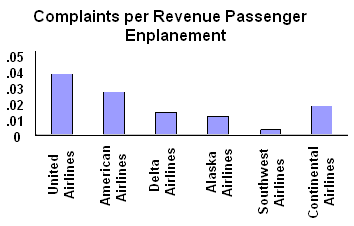
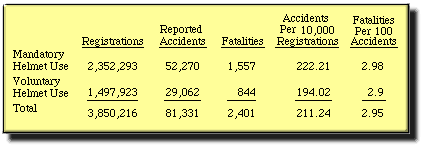
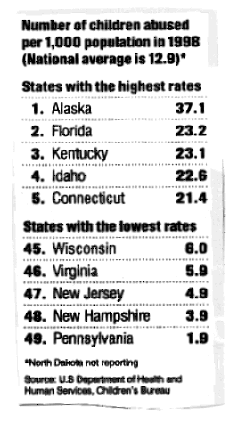
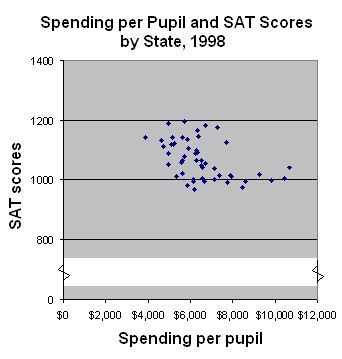
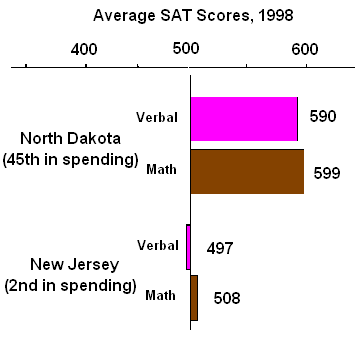
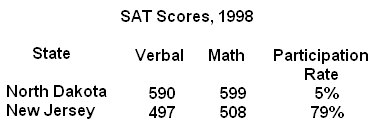
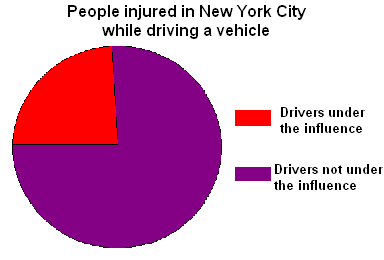
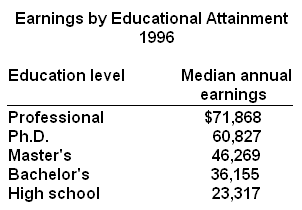




- It’s pseudomathematics. It dresses up as a concise set of theories and methods, when these would more properly be referred to as cookbooks.
- It’s simplistic. It gives a false sense of understanding about complex systems where no understanding exists. It prevents people from searching for mechanistic explanations that could indeed provide valuable insights.
- It’s self-adulatory. Its practitioners have the courage to call every little possible way to plot data a “tool” or a “method”.
- It’s too widespread. Most college programs that lack the most basic mathematics have their statistics courses (humanities and sciences), which helps spread misconceptions and misuse.
(http://flowingdata.com)
I'm cycling between extreme bouts of sleepiness and horrible anxiety about my exam, which is in 4 hours (holy fuck, how did time go by so fast?!?!) I need to make a 66 on the final to pass. Please cross your fingers, say prayers, or what ever thing you do for good luck. I have to pass this class to graduate and it is my next to last final. OK, must study more now. More info to CRAM into my exhausted brain.
(http://www.atforumz.com)
And that is why I hate statistics.
(http://blogs.poz.com)
Deb
I agree that most people think the field should be renamed "sadistics" but I am not 100% sure why it's so despised.
(http://www.stat.columbia.edu)
I bore two boys, raised them, I have undergone open heart surgery and I have NEVER experienced the level of frustration and pain as I have had in this statistics class.
The textbook is POORLY written and the online venue? DON’T have anything to do with Pearson!
I would rather eat glass, drive a pencil through my eye AND walk on coals then to put up with this crap.
There has been nothing my whole life, that could not be figured out by using just addtion, subtraction, multiplying and dividing. The plus? No STUPID rules, that if this happens, then use this or if there is this do this. PLAAEEEEZE! Who thought this junk up????
(http://flowingdata.com)
- My intro professor was without a doubt the worst professor I have ever had. This was essentially intro to statistics for non-statisticians and she took powerpoint slides right from the textbook and threw them up on a screen. Needless to say, it was absolutely useless. Then, during the lab session, she was trying to teach us R without giving us a good background on the concepts. Thankfully, I found a book that barely got me through the class and gave me a great appreciation for some of the concepts. The worst professors are those who lecture for 90 minutes, then say “Any questions.” At which point you don’t even know where to start because s/he lost you in minute two and didn’t care. This was stats for me.
(http://flowingdata.com)
(http://thedeskinthecorner.blogspot.com)
It does really stink though. It's confusing to me. Maybe taking it online was not a good idea. it might hve made more sense if I had a teacher lecturing on the material.
(http://allnurses.com)
I don’t think the uncertainty is the reason, or the order it imposes.
I think the major reason people dislike statistics is that it was poorly taught in whatever classes they took. Perhaps the instructor didn’t get it, or didn’t do the examples well.
A related reason that people don’t like statistics is that any examples they ever saw were not relevant to something they understood or cared about.
I wasn’t wild about the classroom statistics I had, but what I’ve learned since then has been interesting.
(http://flowingdata.com)
So, why do you think you should love statistics? :D